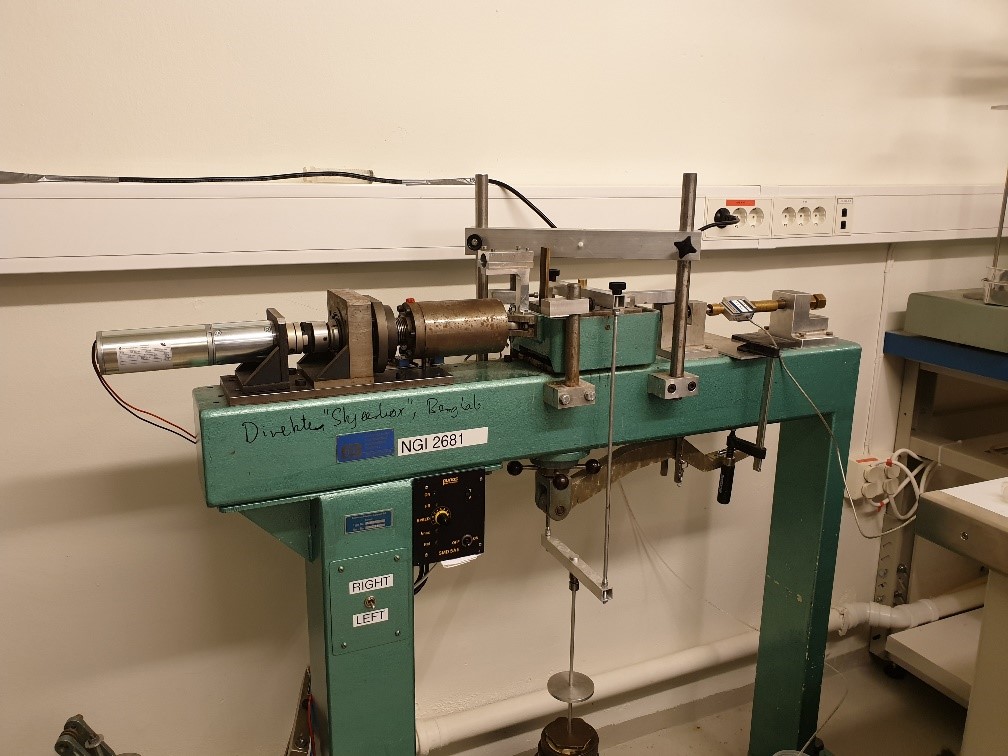Introduction:
Implementation of large scale CO2 storage will require utilization of a wide range of storage reservoirs including faulted reservoirs with structural traps. Within faulted reservoirs, both bounding faults and faults intersecting the caprock layer may act as seals.
Estimating fault rock properties is challenging, but an important step in performing a fault risk assessment for slip stability. The most common way of performing the analysis is using Mohr-Coulomb failure criteria where friction and cohesion are important parameters.
Friction and cohesion for intact material can be experimentally derived using triaxial tests, whereas the Direct Shear Test (DST) is more appropriate for addressing slip along predefined discontinuities or fractures (Figure 1).
Current data are mostly for intact samples from reservoir or caprock, whereas limited data is available for slip along with complex fault zones structures with a mixture of clay and sand.
Aim of the thesis:
Address Mohr-Coulomb failure criteria parameters for shales-sandstone interfaces as an analogue to slip along shale-sandstone juxtapositions during fault development and discuss the slip properties for interfaces compared to slip within sandstone or shale.
Objective:
- Characterize microstructural and mineralogical parameters for the selected samples using SEM and XRD.
- Define a series of direct shear tests based on available material.
- Preform experimental program in direct shear apparatus at NGI.
- Interpretation of lab data deriving stress-strain relationships and Mohr-Coulomb parameters.
- Post-test characterisation of the shear structures and slip zone.
Research method and dataset:
The student will work on samples relevant for North Sea CO2 storage reservoirs currently used in research projects and/or relevant analogue samples. The microstructural characterization will be performed at UiO, whereas direct shear equipment will be made available at NGI. Appropriate training and safety course for the NGI lab will be given.
The student will learn:
- Get a unique experience in experimental work at a geomechanical laboratory combining structural geology and geomechanics.
- Independent research, academic writing and presentation skills.
Background for the project:
The thesis work is integrated into major activities at the Department of Geosciences, evaluating possible storage sites for CO2 sequestration in the North Sea basin. There are close links to the FME NCCS (Norwegian CCS Centre) that collaborates with the Northern Light Project (Equinor, Total, Shell).
The latter project plans CO2 injection in the Horda Platform region on behalf of the Norwegian government.

